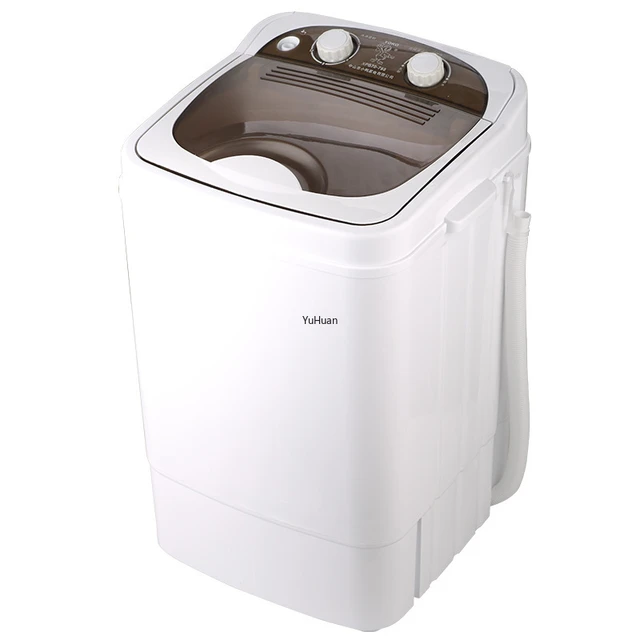Introduction:
Washing machines are essential appliances in modern homes, designed to handle laundry efficiently and conveniently. One important aspect of selecting a washing machine is understanding its dimensions, particularly the depth, as this influences installation, space accommodation, and usability. Depth varies based on design, capacity, and type, affecting how well a washing machine fits in your laundry area. This guide delves into the different factors that determine the depth of washing machines and how to choose the right one for your needs.

How Deep Is a Washing Machine:
What Factors Determine Its Depth?
Standard Depth:
What Are the Common Depth Measurements for Washing Machines?
Standard washing machines typically come in a range of depths suited to various installation spaces and load capacities.
Top-Loading Washing Machines:
Traditional Configuration:
Depth Range: Top-loading washing machines generally have a depth range of 25 to 28 inches. These machines load from the top, requiring less bending but more vertical space for the lid to open fully.
Capacity Correlation: The depth of top-loading machines is often correlated with their capacity. Models designed to handle larger loads usually come with increased depth, accommodating more laundry while ensuring efficient performance.
Front-Loading Washing Machines:
Contemporary Style:
Depth Range: Front-loading washing machines typically range from 24 to 34 inches in depth. These machines load from the front, needing less vertical clearance and often fitting under countertops or in stacked configurations with dryers.
Space Efficiency: Front-loaders are known for their space efficiency and higher spin speeds, which extract more water from clothes, reducing drying time. They may have a shallower depth compared to top-loaders of similar capacities due to the horizontal drum orientation.
Combination Units:
Compact Solutions:
Depth Specifications: Combination washer-dryer units are designed to save space, offering both washing and drying functionalities in a single appliance. These units generally have a depth range of 25 to 30 inches, fitting compact laundry spaces or apartments.
Utility and Convenience: While combination units provide convenience and efficiency, they often have lower load capacities and longer cycle times compared to separate appliances. Their depth accommodates both washing and drying mechanisms, ensuring a balance between form and function.
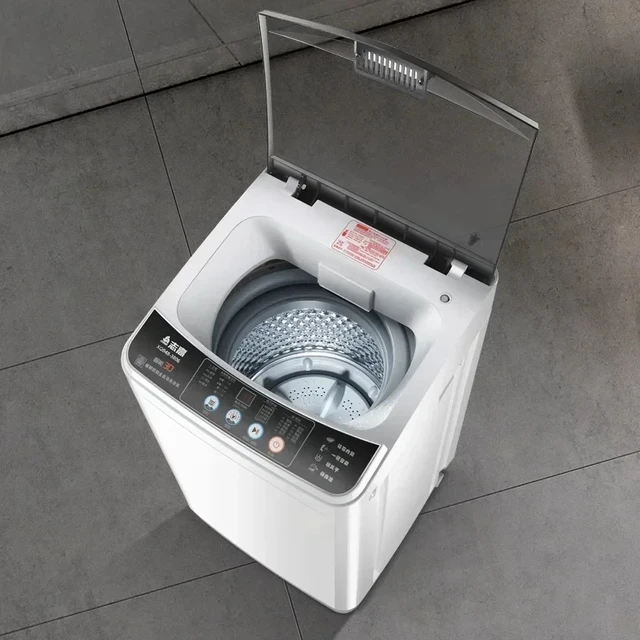
Compact Machines:
How Do Smaller Washing Machines Fit Into Limited Spaces?
For those with limited space, compact washing machines provide an efficient solution without compromising functionality.
Portable Washing Machines:
Mobility and Flexibility:
Depth Considerations: Portable washing machines are designed for small apartments, dorm rooms, and RVs. They typically have a depth range of 18 to 24 inches, making them easy to store and move as needed.
Usage Scenarios: These machines often feature smaller capacities and simpler washing mechanisms, such as manual fill and drainage options. Their compact size enables use in areas without dedicated laundry spaces.
Slimline Washing Machines:
Space-Saving Designs:
Depth and Width: Slimline washing machines cater to narrow spaces, with depths usually ranging from 20 to 24 inches. These machines are narrower than standard models, fitting snugly in tight quarters like galley kitchens or small washrooms.
Efficiency and Capacity: Despite their compact size, slimline machines are designed to offer efficient washing cycles and decent load capacities. They often include advanced features found in standard models, maintaining performance without taking up much space.
Built-In Units:
Seamless Integration:
Fixed Depth: Built-in or integrated washing machines are designed to blend seamlessly with kitchen cabinetry or laundry room installations. Their depth typically matches standard cabinet depths, ranging from 21 to 24 inches.
Aesthetic Appeal: These machines feature panel-ready fronts that match surrounding cabinetry, providing a cohesive and streamlined look. They often cater to homeowners seeking a minimalist aesthetic without sacrificing functionality.
Capacity and Depth:,
How Does Load Capacity Affect Washing Machine Depth?
The capacity of a washing machine directly influences its dimensions, particularly the depth. Understanding this relationship helps in selecting the appropriate model for your needs.
Small Capacity Machines:
For Smaller Loads:
Depth Specifications: Machines with small capacities, typically between 1.5 to 3.5 cubic feet, have shallower depths, generally in the range of 20 to 26 inches. These machines are suitable for individuals, couples, or areas with infrequent laundry needs.
Utility and Space Savings: Small capacity models offer the advantage of fitting into compact spaces while providing adequate performance for light to moderate laundry loads.
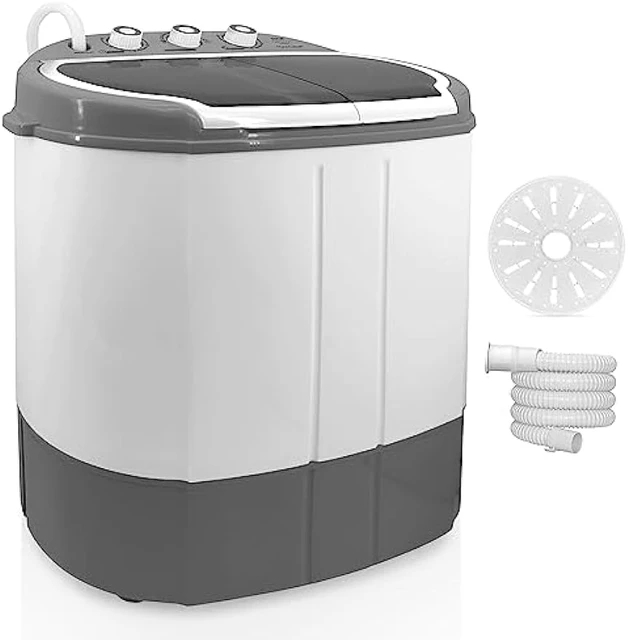
Medium Capacity Machines:
Balanced Performance:
Depth and Load: Medium capacity washing machines range from 3.5 to 4.5 cubic feet and generally have depths between 25 and 30 inches. These models cater to average household laundry needs, balancing size and washing efficiency.
Versatility: They are versatile enough to handle various fabric types and laundry sizes, making them a popular choice for families and shared living spaces.
Large Capacity Machines:
High Volume Laundry:
Increased Depth: Large capacity machines, those over 4.5 cubic feet, require greater depths, typically ranging from 28 to 34 inches. These machines are designed to handle heavy laundry loads and large items such as comforters and bulky clothing.
Enhanced Features: Large capacity models often come with advanced features like multiple wash settings, steam cycles, and smart connectivity. Their increased depth accommodates these additional functionalities, providing enhanced performance for large households.
Special Features:
How Do Additional Features Impact the Depth of a Washing Machine?
Modern washing machines come with various special features that can influence their depth and overall dimensions.
Integrated Dryers:
Space-Efficient Combos:
Dual Functionality: Models with integrated dryers have increased depth to accommodate both washing and drying mechanics. This depth typically ranges from 25 to 30 inches, ensuring efficient performance in a compact footprint.
Energy Efficiency: These combo units cater to users who need both functions in limited space, ensuring energy-efficient operation with advanced drying technologies like heat pump systems.
Steam Cycles:
Advanced Cleaning:
Component Accommodation: Washing machines with steam cleaning capabilities may have slight increases in depth due to the additional components required. These models generally offer deeper cleaning, allergen removal, and fabric refreshing benefits.
Allergen Fighting: Steam cycles are particularly beneficial for households with allergy concerns, providing deeper penetration and sanitation compared to conventional wash cycles.
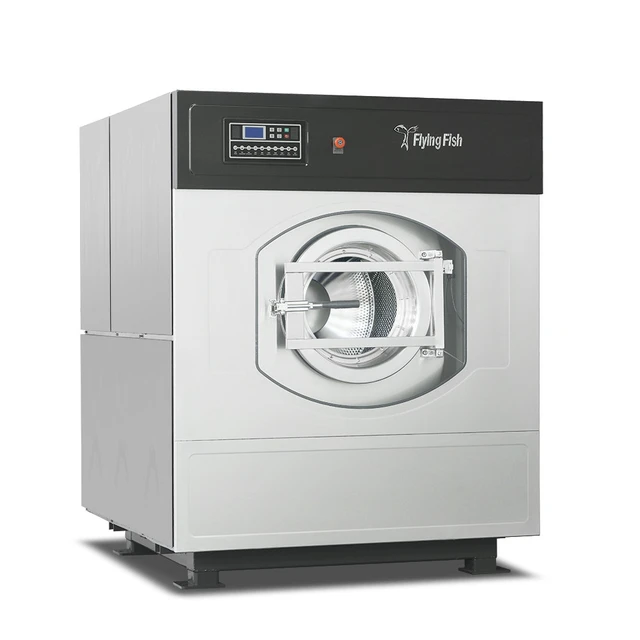
Smart Technology:
Connected Convenience:
Slim Profiles with Features: Smart washing machines equipped with Wi-Fi connectivity, touch screens, and advanced sensors are designed to provide convenience without significantly altering standard depth measurements. These features are integrated into the control panel and drum without adding substantial bulk.
Remote Operation: Smart technology facilitates remote operation, diagnostic troubleshooting, and energy monitoring, enhancing user experience and efficiency while maintaining a standard footprint.
Installation Considerations:
How Does Installation Affect Choosing the Right Depth?
Proper installation is critical to ensuring that your washing machine operates efficiently and safely. Depth plays a significant role in fitting the machine correctly in your designated space.
Measuring the Space:
Accurate Dimensions:
Fit Assessment: Measure the intended installation space accurately, considering all dimensions, including depth, width, and height. Ensure that the washing machine fits with enough clearance for ventilation and operation.
Allowance for Connections:
Hose and Vent Clearance:
Space Allocation: Provide sufficient space for connecting water inlet hoses, drainage pipes, and electrical connections. The depth measurement should include extra room for these connections to prevent bending or kinking.
Stacked Configurations:
Vertical Use:
Depth Accommodation: For stacked washer-dryer configurations, ensure that both appliances fit comfortably within the allotted vertical space. Front-loading washers are typically preferred for stacking due to their compatible dimensions and depth.
Accessibility: Consider ease of use and accessibility when stacking. Ensure that controls are reachable and that both units operate efficiently in the designated space.
Custom Cabinetry:
Integrated Design:
Depth Matching: When installing built-in washing machines, ensure the depth matches the cabinetry for a seamless integration. Custom cabinetry may require precise measurements to accommodate the washing machine’s depth and allow for proper operation.
Ventilation Needs: Adequate ventilation is crucial for built-in units to prevent overheating and ensure efficient performance. Ensure that the cabinetry design includes provisions for airflow.
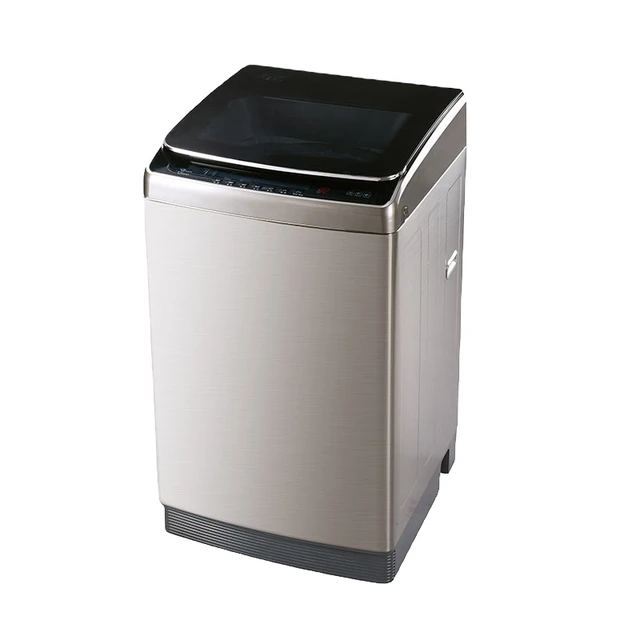
Maintenance:
How Does Regular Maintenance Impact the Depth and Functionality of a Washing Machine?
Regular maintenance ensures the longevity and optimal performance of your washing machine. Proper care can influence the effective use of space, including depth-related considerations.
Cleaning and Descaling:
Prevent Build-Up:
Maintain Efficiency: Regular cleaning and descaling prevent mineral build-up and detergent residue, which can affect performance. Ensure the machine’s depth allows for easy access to components like the drum, detergent drawer, and filters.
Gasket Care: For front-loading machines, clean and inspect the door gasket regularly to prevent mold and mildew, ensuring the machine remains efficient and hygienic.
Vent Cleaning:
Prevent Obstructions:
Optimal Operation: Regularly clean and inspect the venting system for dryers and washer-dryer combos. Proper maintenance ensures unobstructed airflow, enhancing drying efficiency and reducing fire hazards.
Filter Maintenance: Clean or replace filters as recommended by the manufacturer to maintain optimal performance and energy efficiency.
Professional Servicing:
Ensure Functionality:
Depth and Access: Scheduled professional servicing helps identify potential issues early, ensuring all components are in top condition. Ensure that service access is considered during installation, providing enough depth and clearance for technicians to perform maintenance tasks.
Conclusion
The depth of a washing machine is influenced by various factors such as type, capacity, special features, and installation considerations. Understanding these elements helps you choose the right model that fits your space and meets your laundry needs. From traditional top-loaders to advanced front-loaders and compact units, each type offers specific benefits and requirements. Proper preparation and regular maintenance further ensure that your washing machine remains efficient and functional, providing reliable service while fitting seamlessly into your home.

